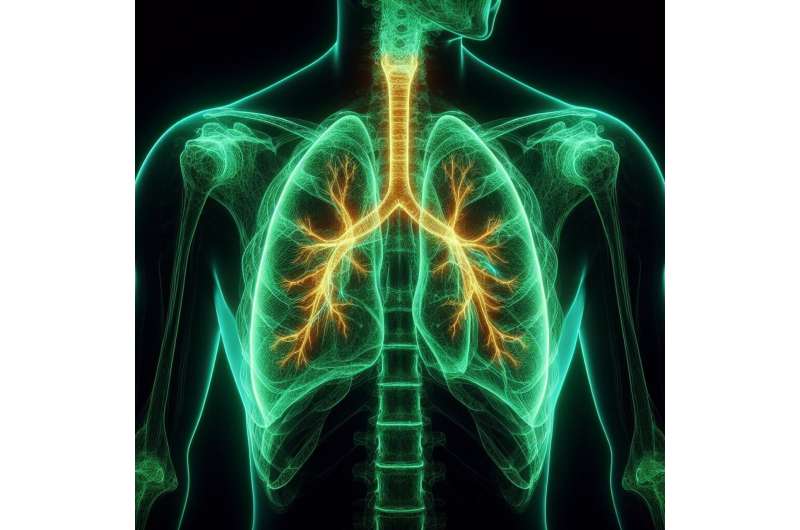Advanced Machine Learning Predicts West Nile Virus Risk in Northeast US

Researchers have developed a machine learning model that predicts West Nile virus risk in the Northeast US, enhancing surveillance and public health response without extensive mosquito sampling.
Since its emergence in North America in 1999, West Nile virus (WNV) has remained the leading cause of mosquito-borne illness across the United States. Notably, there are no vaccines or specific treatments available for humans, making surveillance, prevention, and control measures essential to public health efforts. Traditional mosquito monitoring, while vital, is labor-intensive and geographically limited, prompting researchers to seek innovative solutions.
In a groundbreaking study, Joseph McMillan and colleagues developed a validated machine learning model that leverages publicly accessible data—such as weather patterns, land cover, and demographic information—along with mosquito surveillance data from Connecticut between 2001 and 2020. This model enables the prediction of WNV risk in areas of the Northeast US, including those without active mosquito monitoring programs. The model identifies key variables influencing WNV risk, including high temperatures, increased precipitation, drought conditions, dense human populations, and urbanized landscapes.
The predictive insights reveal that the highest risks are concentrated along the urbanized southern and eastern borders of the Northeast, particularly from July through September. Additionally, the model can generate monthly risk maps, enhancing regional ability to forecast and communicate WNV hazards. This approach offers an advanced tool similar to weather forecasting, providing a proactive means to safeguard public health against West Nile virus outbreaks.
For more detailed information, see the original study published in PNAS Nexus: Joseph R McMillan et al., "Using mosquito and arbovirus data to computationally predict West Nile virus in unsampled areas of the Northeast United States" (2025). Source: https://medicalxpress.com/news/2025-08-machine-west-nile-virus-northeast.html
Stay Updated with Mia's Feed
Get the latest health & wellness insights delivered straight to your inbox.
Related Articles
Study Highlights the Impact of Fathers' Alcohol Consumption on Fetal Alcohol Spectrum Disorder Risk
New research reveals that fathers' alcohol consumption during pregnancy can negatively influence fetal development and increase the risk of fetal alcohol spectrum disorder, emphasizing the importance of paternal health in prenatal care.
Expert Insights on Brain Health and the Significance of Prop 14
Rice University experts highlight how fundamental chemistry research is vital for understanding and treating neurodegenerative diseases, with Prop 14 poised to boost brain health initiatives in Texas.



